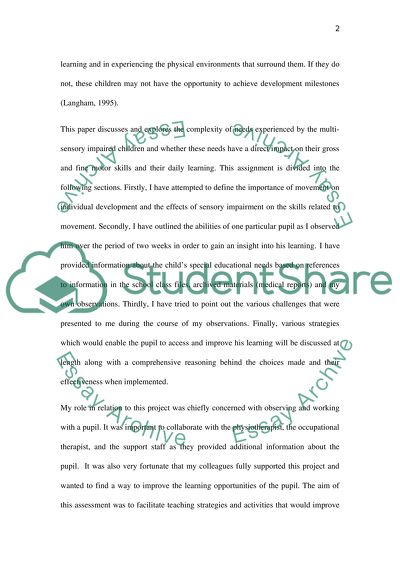Cite this document
(“How Sensory Impairments Affect Gross and Fine Motor Skills in Children Essay”, n.d.)
How Sensory Impairments Affect Gross and Fine Motor Skills in Children Essay. Retrieved from https://studentshare.org/education/1400895-how-sensory-impairments-affect-gross-and-fine-motor-skills-in-children-with-multi-sensory-impairments
How Sensory Impairments Affect Gross and Fine Motor Skills in Children Essay. Retrieved from https://studentshare.org/education/1400895-how-sensory-impairments-affect-gross-and-fine-motor-skills-in-children-with-multi-sensory-impairments
(How Sensory Impairments Affect Gross and Fine Motor Skills in Children Essay)
How Sensory Impairments Affect Gross and Fine Motor Skills in Children Essay. https://studentshare.org/education/1400895-how-sensory-impairments-affect-gross-and-fine-motor-skills-in-children-with-multi-sensory-impairments.
How Sensory Impairments Affect Gross and Fine Motor Skills in Children Essay. https://studentshare.org/education/1400895-how-sensory-impairments-affect-gross-and-fine-motor-skills-in-children-with-multi-sensory-impairments.
“How Sensory Impairments Affect Gross and Fine Motor Skills in Children Essay”, n.d. https://studentshare.org/education/1400895-how-sensory-impairments-affect-gross-and-fine-motor-skills-in-children-with-multi-sensory-impairments.


